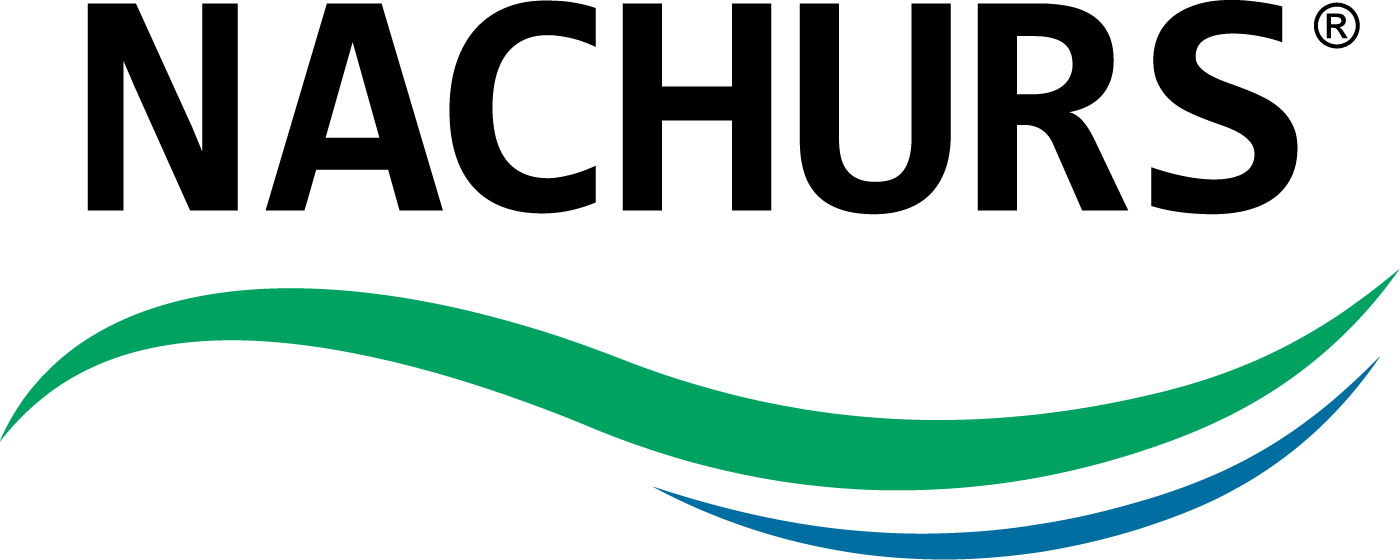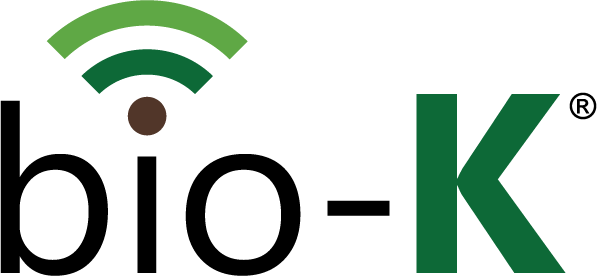Tank Mix Compatibility with Fertilizers
Mixing fertilizers and pesticides together will save time and application expenses. NACHURS is constantly innovating new formulations of plant nutrients that offer our industry the widest range of versatility when it comes to tank mixing. However, nothing is fool proof and not always compatible. It becomes difficult for NACHURS to pretest and confirm tank mix compatibility due to the wide variety of crop protection chemistries, formulations, and manufactures. By outlining Jar Test procedures, we can ease some of the doubt associated with compatibility. Jar Test Instructions Items needed: Water (same water you will use in the tank), 1-quart jar, small pocket scales (or something to measure small quantities of dry material), 10ml syringe (for measuring liquids), all of the products you will need added to the mix. Follow all labels on products, if indicated that certain products are incompatible you will have to leave them out of the spray application. The label may also indicate a different order in which to add materials, this must be followed. Fill 1-quart jar with 1 pint of water. Add the correct proportion of DF, WDG, WP, WSP to the water and make sure the products are mixed. Add the correct proportion of Liquid products individually. Add the correct proportion of EC to the mix. Add the correct proportion of surfactants to the mix. Add the correct amount of plant nutrients to the mix Add the remaining amount of water. Close the 1-quart jar and mix by inverting (do not shake). Let set for 1 hour and observe any precipitates, layering, or clumping. This is a generic outline that should be followed when determining compatibility in the tank mix. Jar Testing does not insure any agronomic compatibility. Consulting pesticide manufacture, and NACHURS agronomist will help determine the safety and agronomic outcome of the mix.-Joe Pflum, Northeast US Sales Agronomist
Mixing fertilizers and pesticides together will save time and application expenses. NACHURS is constantly innovating new formulations of plant nutrients that offer our industry the widest range of versatility when it comes to tank mixing. However, nothing is fool proof and not always compatible. It becomes difficult for NACHURS to pretest and confirm tank mix compatibility due to the wide variety of crop protection chemistries, formulations, and manufactures. By outlining Jar Test procedures, we can ease some of the doubt associated with compatibility.
Jar Test Instructions
Items needed: Water (same water you will use in the tank), 1-quart jar, small pocket scales (or something to measure small quantities of dry material), 10ml syringe (for measuring liquids), all of the products you will need added to the mix.
- Follow all labels on products, if indicated that certain products are incompatible you will have to leave them out of the spray application. The label may also indicate a different order in which to add materials, this must be followed.
- Fill 1-quart jar with 1 pint of water.
- Add the correct proportion of DF, WDG, WP, WSP to the water and make sure the products are mixed.
- Add the correct proportion of Liquid products individually.
- Add the correct proportion of EC to the mix.
- Add the correct proportion of surfactants to the mix.
- Add the correct amount of plant nutrients to the mix
- Add the remaining amount of water.
- Close the 1-quart jar and mix by inverting (do not shake).
- Let set for 1 hour and observe any precipitates, layering, or clumping.
This is a generic outline that should be followed when determining compatibility in the tank mix. Jar Testing does not insure any agronomic compatibility. Consulting pesticide manufacture, and NACHURS agronomist will help determine the safety and agronomic outcome of the mix.
-Joe Pflum, Northeast US Sales Agronomist












